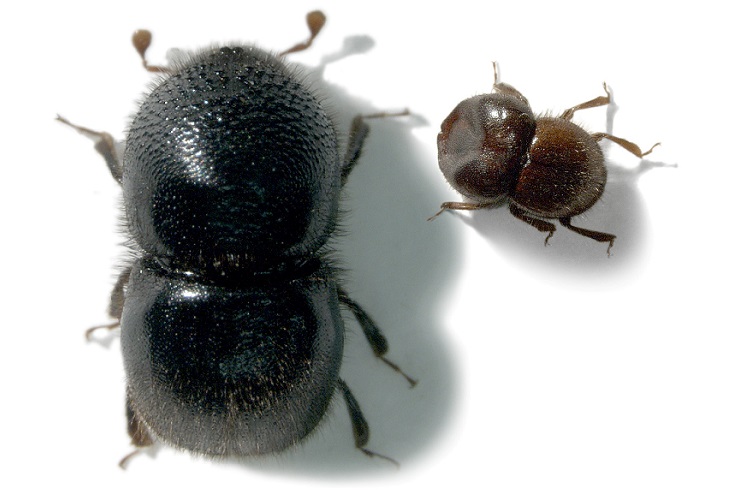Why “miraculous births” produce baby boys

Researchers from the Universities of Edinburgh and St Andrews and the London School of Hygiene and Tropical Medicine have solved the puzzle of why fatherless insect babies are born male.
Several world cultures have stories about miraculous births – such as those of Jesus and Quetzalcoatl, both conceived without the usual involvement of a father – but for bees, ants and many other invertebrates, this would hardly qualify as a miracle.
In these species, males are always born from unfertilized eggs laid by their mothers. Why this happens has remained a mystery.
New research from the Universities of Edinburgh and St Andrews, and the London School of Hygiene and Tropical Medicine, published today (Thursday 7 March 2019) in the Journal of Evolution Letters, reveals why these fatherless insect babies are male and why insect mothers have evolved to produce them.
Dr Laura Ross, from the Institute of Evolutionary Biology at Edinburgh, who led the study said: “Why these babies develop as males rather than females has been a puzzle.
“Given that all of the baby’s genes come from their mother, with no genetic contribution from a father, you might expect the baby to be a daughter. But in about one in eight animal species – those with so-called ‘haplodiploid’ reproduction – these offspring are always sons.”
To solve the puzzle, the researchers examined these species’ evolutionary history, to reconstruct the conditions under which haplodiploidy first evolved.
“Originally, both males and females would have been born from fertilized eggs and the father passes a genetic ‘switch’ to half his offspring which determines their sex,” said Dr Ross.
“In some species, the switch turns ‘maleness’ on, while in others the switch turns ‘maleness’ off. It’s only for the second group of species where fatherless individuals develop as males, because the switch is always missing.”
To discover why these species reproduce in such a bizarre way the researchers developed mathematical models that show that it may be due to their incestuous behaviour.
Professor Andy Gardner, from the School of Biology at St Andrews, said: “As a quirk of their genetics, these males go on to father only daughters, so a mother who produces one of the males ends up having more granddaughters and fewer grandsons.”
Dr Nick Davies from the London School of Hygiene and Tropical Medicine said: “This can be helpful when there is mating between brothers and sisters, as we see in many of these haplodiploid species, as having more females and fewer males means that there is less competition between males for mating partners.”
The paper ‘How to make a haploid male’ is published in Journal of Evolution Letters and is available online.
Please ensure that the paper’s DOI (doi: 10.1002/evl3.107) is included in all online stories and social media posts and that Journal of Evolution Letters is credited as the source.
Image caption: Ambrosia beetle female (left) and fatherless male (right) © Jiri Hulcr
Issued by the University of St Andrews Communications Office.